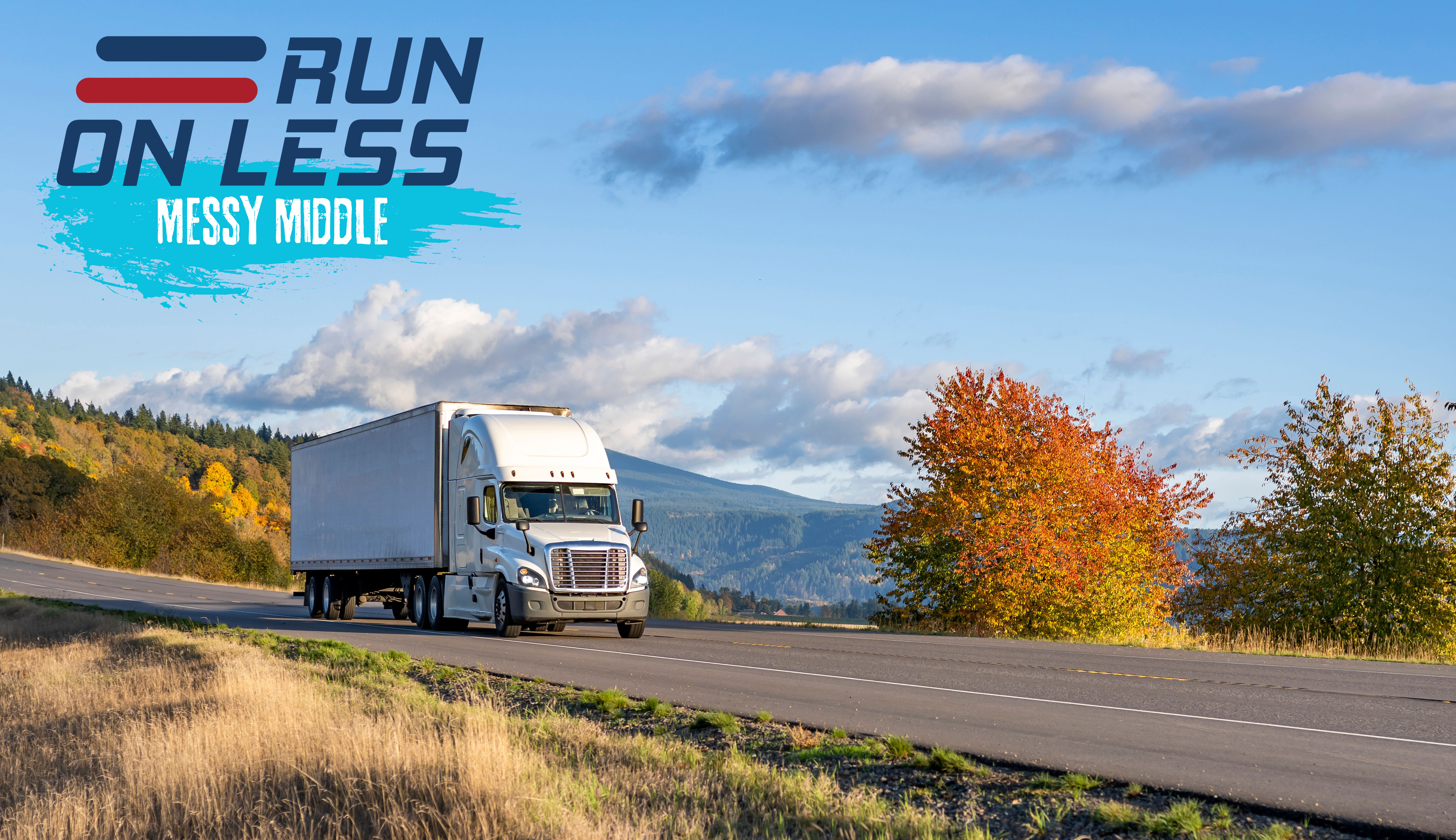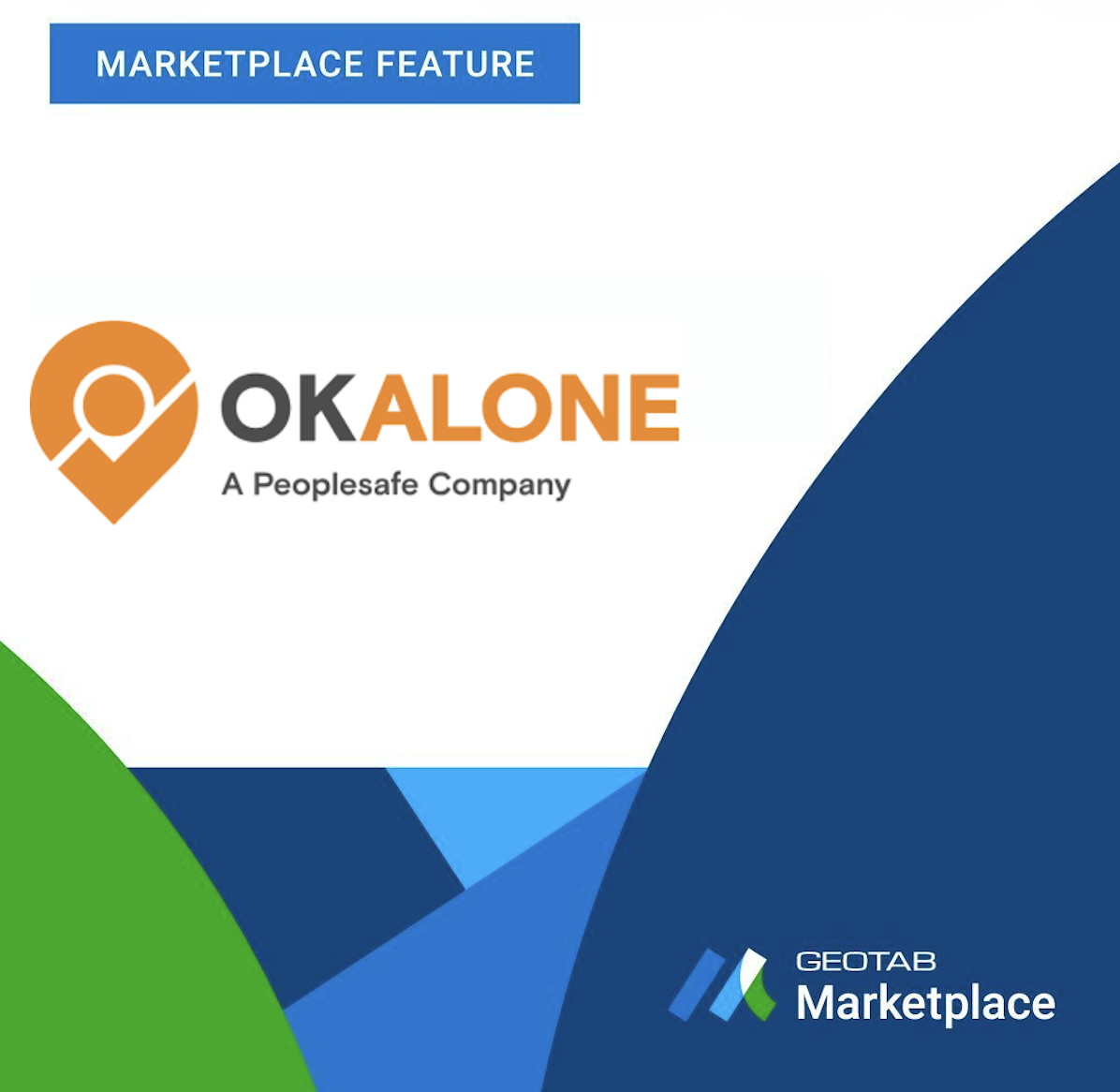If Bridges Could Talk: The Ripple Effect of Closures
Geotab ITS data reveals significant transportation impact of state bridge closures
Senior Business Development Manager, Intelligent Transportation Systems at Geotab
Oct 16, 2024

Bridges are more than just structures; they are lifelines connecting cities, states, and economic centers. Using connected commercial vehicle freight data, Geotab Intelligent Transportation Systems (ITS) studied the widespread effects of 5 key U.S. bridges to illustrate how closures had or would have a significant impact on traffic congestion, safety, and disruptions to the movement of goods. I’m pleased to share the study findings in an effort to demonstrate the impact real world data has on transportation planning when dealing with closures.
The Memphis-Arkansas Bridge Closure: A Case Study
In June 2024, the Memphis-Arkansas Bridge, a crucial link between Arkansas and Tennessee, was closed for two weeks. This closure led to a staggering 1750% increase in harsh driving events, such as sudden braking and rapid acceleration. Disruptions extended far beyond the immediate area, affecting traffic patterns and supply chains across other bridges and states. For instance, the Hernando de Soto Bridge, another key interstate connector, experienced a 70.8% increase in travel time into Tennessee and a 13.9% increase into Arkansas during the closure. Our study concluded that heavier traffic congestion on the Hernando de Soto Bridge could lead to further disruptions in states such as Texas, Oklahoma, Ohio, Georgia, Louisiana, Indiana, and Missouri. So, what does this mean? Closures not only increase traffic on surrounding roads, they extend to other states, affecting driver safety and regional economies.
We studied 4 other key U.S. bridges (Vincent Thomas Bridge in California; George Washington Bridge between New Jersey and New York; Ambassador Bridge between Detroit, Michigan and Windsor, Ontario) to compare data and help inform governments on how to take a data driven approach to develop smarter resiliency plans.
Bridge Analysis Report: Key Takeaways
What we learned from the Bridge Analysis Report helped us assess the key aspects of a transportation grid’s integrity: infrastructure resiliency, roadway safety and transportation efficiency. Data helped us answer key questions:
Infrastructure Resilience: If a bridge is closed, how much extra traffic can alternate routes reasonably handle? Are regional transportation networks truly as elastic as they need to be?
Roadway Safety: How is motorist safety impacted by a potential bridge disruption, based on traffic increases, that result in congestion patterns and changing driver behaviors?
Transportation Efficiency: From commuter movement to supply chain flows, how smoothly are people and goods traveling while en route to their destinations? How far out do closure impacts extend?
Next Steps: Building Resiliency Plans
Using transportation analytics, planners and policymakers can conduct similar analyses and create data-driven plans to improve transportation network resilience.
Here are 3 steps that state and local governments should take to plan for bridge construction:
- Analyze traffic patterns and volume: Agencies should use real-world data, such as commercial motor vehicle (CMV) data, to study traffic patterns, volume, and peak times on existing bridges. These insights will guide the design and capacity decisions to help prioritize which bridges require maintenance first and understand current and future traffic demands. It can also identify potential impacts of a bridge closure or disruption on traffic flow and the surrounding road network.
- Assess the potential economic impact: Governments should evaluate the potential economic implications of bridge construction, including effects on businesses, supply chains, and employment. This enables governments to develop strategies to mitigate any negative economic impacts. They may also explore ways to leverage the construction project to stimulate economic growth in the region.
- Develop comprehensive mitigation strategies: Governments should proactively develop strategies to address potential disruptions and challenges arising from bridge construction. This includes planning for traffic management, implementing effective communication plans to inform the public about construction progress and alternative routes, and collaborating with relevant stakeholders, such as local businesses and emergency services, to minimize disruptions and ensure the community's safety and well-being throughout the project.
With more and more construction happening on our bridges and roads, it is not a matter of if commercial fleets will be impacted, but how. Our study shows clearly how the impacts are felt from driver safety and traffic volume to supply chain and regional economies. A better plan? Governments and agencies should start with data-driven studies and analyses as they plan and mitigate construction disruptions on bridges and roads.
To learn more about Geotab ITS’ , click here.
Subscribe to get industry tips and insights
Senior Business Development Manager, Intelligent Transportation Systems at Geotab
With over 8 years of experience in the transportation and logistics industry, Nate Veeh brings a wealth of transportation knowledge and insights to his vast network, allowing him to achieve organizational goals and impact customer initiatives.
Table of Contents
Subscribe to get industry tips and insights
Related posts

Run on Less data redefines electric truck viability
December 17, 2025
4 minute read
.png)
From the North Pole to the Highway: How AI and Predictive Insights Get Drivers Home for the Holidays
December 16, 2025
2 minute read

.jpg)
Go beyond reactive truck maintenance with predictive solutions that drive profits
December 8, 2025
3 minute read

Elevating Worker Safety Through Simplicity: The OK Alone Story
December 3, 2025
2 minute read

The $4B Crisis: Video Intelligence as the Answer to Fleet Distraction
December 2, 2025
3 minute read